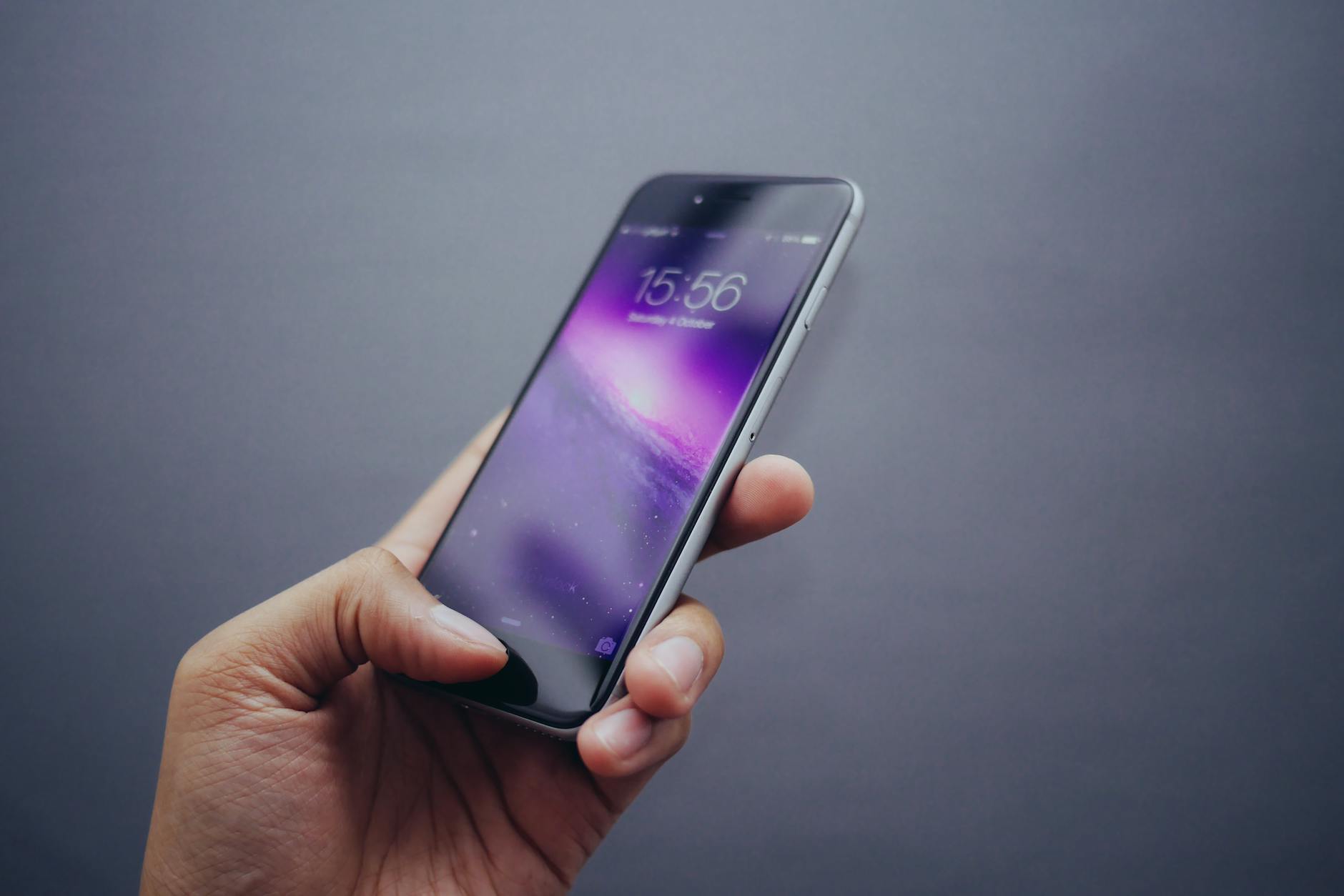
Passwords have been on electronic devices since before I can remember. It wasn’t until September 2013 when Apple Inc. introduced the Touch-ID feature onto the iPhone 5s. This technology has been used on all Apple products, until recently being upgraded to Face ID (iPhone X and newer).
It used to be that when you turned on your phone, you would be asked to type in your 4 digit pin code. Now, with Touch and Face ID becoming increasingly popular, is your phone really safe?
“It’s almost certainly not as worrisome as presented, but it’s almost certainly pretty darn bad. If all I want to do is take your phone and use your Apple Pay to buy stuff, if I can get into 1 in 10 phones, that’s not bad odds.”
– Andy Adler, Professor of Systems and Computing Engineering at Carleton University
Touch and Face ID is so convenient. With just a tap of your finger or look at the camera, you can order a new pair of shoes, pre-pay your credit card bill or transfer thousands of dollars overseas.
Apple claims a 1 in 50,000 chance that your fingerprint would be matched to someone else’s, a 1 in 1,000,000 with Face ID, and a 1 in 10,000 chance someone could guess your four or six digit passcode. Think of all the times your younger sibling stole your phone and guessed the passcode on their- what? third attempt… That’s not very reassuring to me.
When you initially set up Touch ID, you’re asked to shift your finger several times, taking photos of each part of your unique fingerprint. But when someone tries to get into it, they only have to match to one of those, say, ten images.
“Matched is a word that most people associate with ‘identical’, meaning that it’s the exact same and that there’s no other alternative. So if you say, in relation to a hair examination ‘the hair matched,’ to them it means that it’s from that guy’s head or from that guy’s body. But there’s no scientific basis for that, in reality, especially in cases involving things like hairs and fibres and paint chips… Consistent means that they have the same properties and they could be from that location, but not necessarily.”
– Nick Petraco, Former NYPD Cop and Present Day NYPD Forensic Consultant
Dr. Nasir Memon, Professor of Computer Science and Engineering at NYU, says that if they could somehow create a magic glove with a MasterPrint of each finger, you could get into 40-50% of iPhones within the five tries given before locking you out.

So my question is this- After hearing this information, which method of authentication are you most likely to use?
Twitter- Is your phone safe? Find out! *http://bit.ly/35PWEXA*
Facebook- When you unlock your phone, you may unlocking more.. Find out! *http://bit.ly/35PWEXA*
Interesting article! I did not know that the odds of fingerprint matching and face recognition were that high. I truly thought that ones finger prints were unique. Learned something new!
I guess I’m lucky I’ve switched over to Face ID, seems from the statistics it gives you the best odds of being safe!
Did not know how the fingerprint system worked. Was against the photo recognition as it felt creepier than the fingerprint recognition. But this may change my mind. Convenience can be quite the tragedy. I am sure someone is trying to create a master key for fingerprint recognition. Now I wonder if the security will differ if the reader is on the front/back/side depending on how you position your finger.